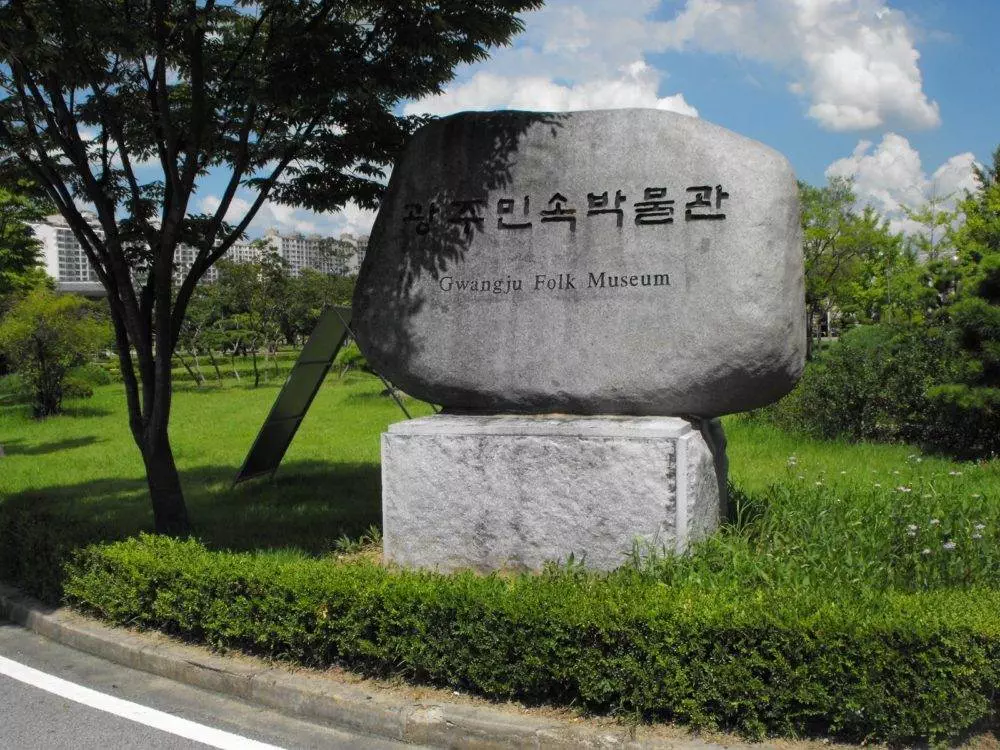
Welcome to Gwangju Folk Museum – one of several attractions in Jungwoi Park. According to a brochure I picked up, the museum has over 9,400 items, although ‘only’ 2,959 items are exhibited… Not bad for a 500 won entrance fee (about 50 cents).
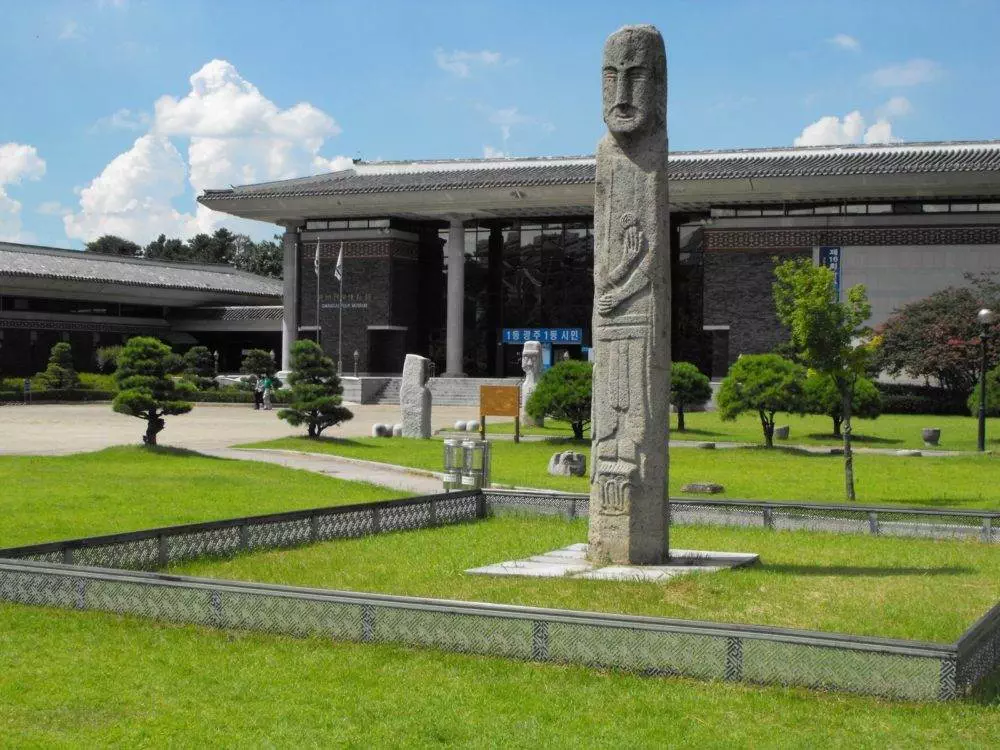
The front of the building, complete with several outdoor exhibits. The taller statue in the foreground is of a Buddha figure, although the accompanying sign admits it is ‘crudely made’.
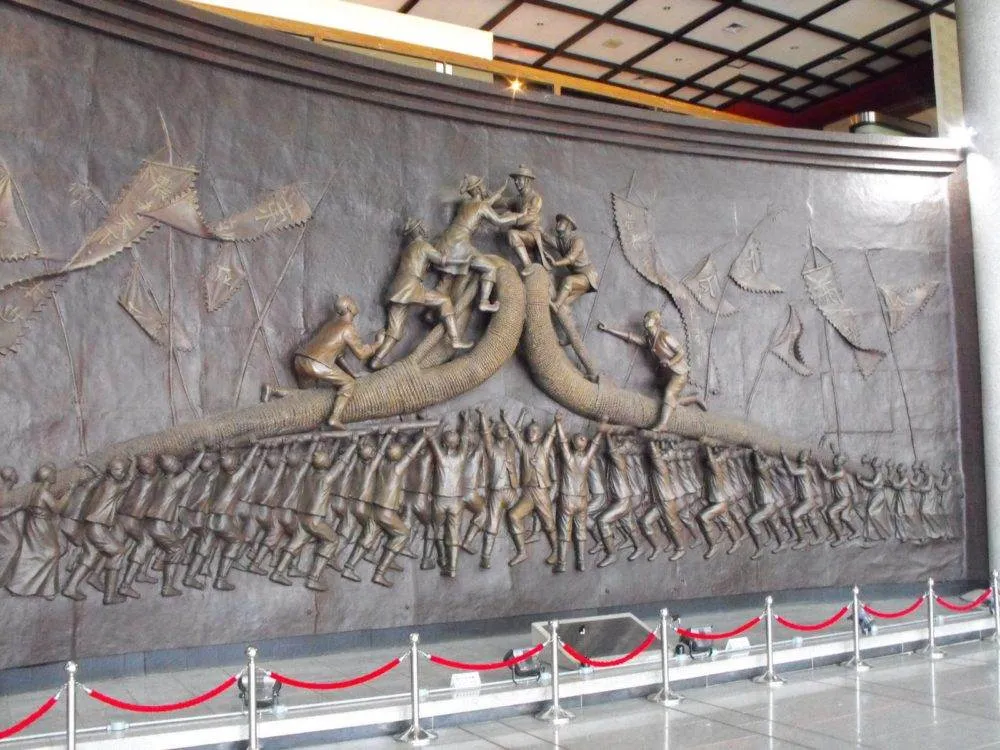
The large display in the museum lobby. What you’re displayed is a game of gossaum, a game where two teams carry large straw ropes. One person on each team actually rides the ropes, and engages in a push-of-war against the other team. After enough pushing and colliding, one team eventually wins.
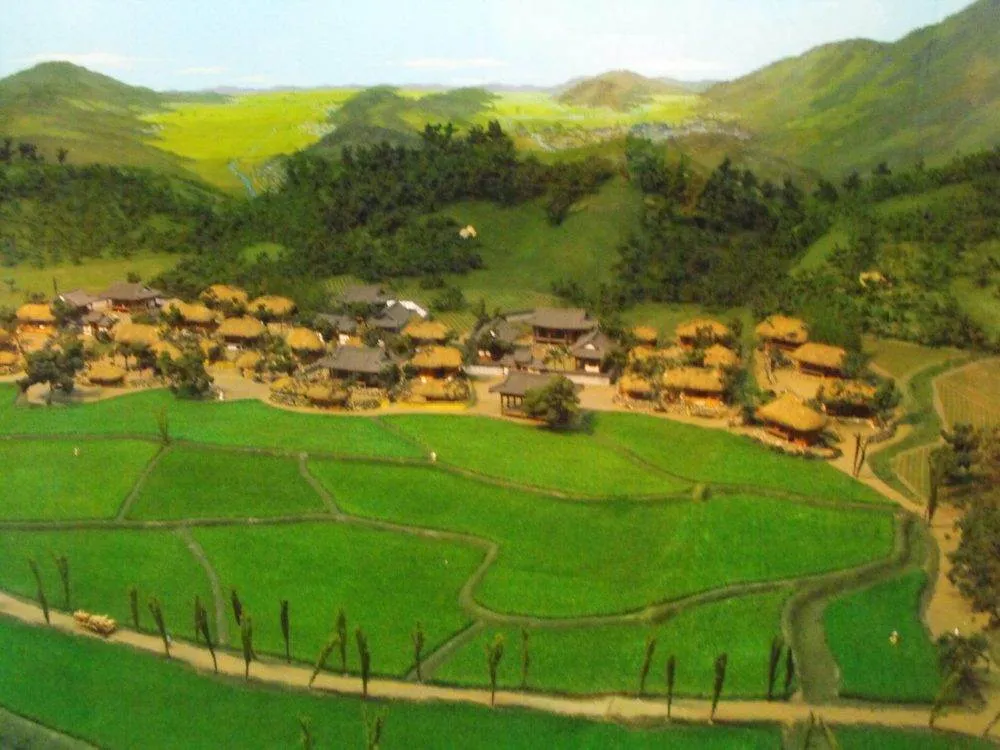
A representative model of the traditional Korean village. A village consisted of anywhere from 30 to 100 households, and cooperation was very important for the sake of the harvest.
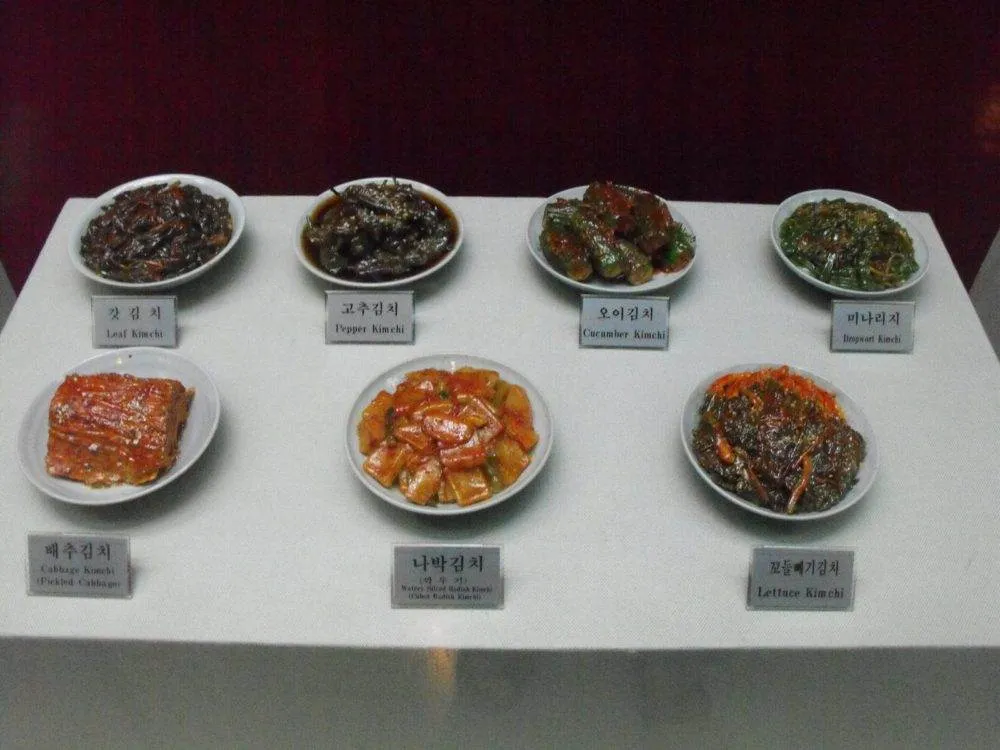
Culinary delights were one of the province’s specialities. The museum offered quite a few plastic versions of how these foods may have looked. A nearby sign proclaimed that “dishes made of aejeo (piglet), gulbi (dried croaker), eoran (fish eggs), hongeohoe (sliced raw skate), yeot (taffy), and juksan (bamboo shoots) enjoy particular fame.” Uh, yeah, think I’ll pass 🙂
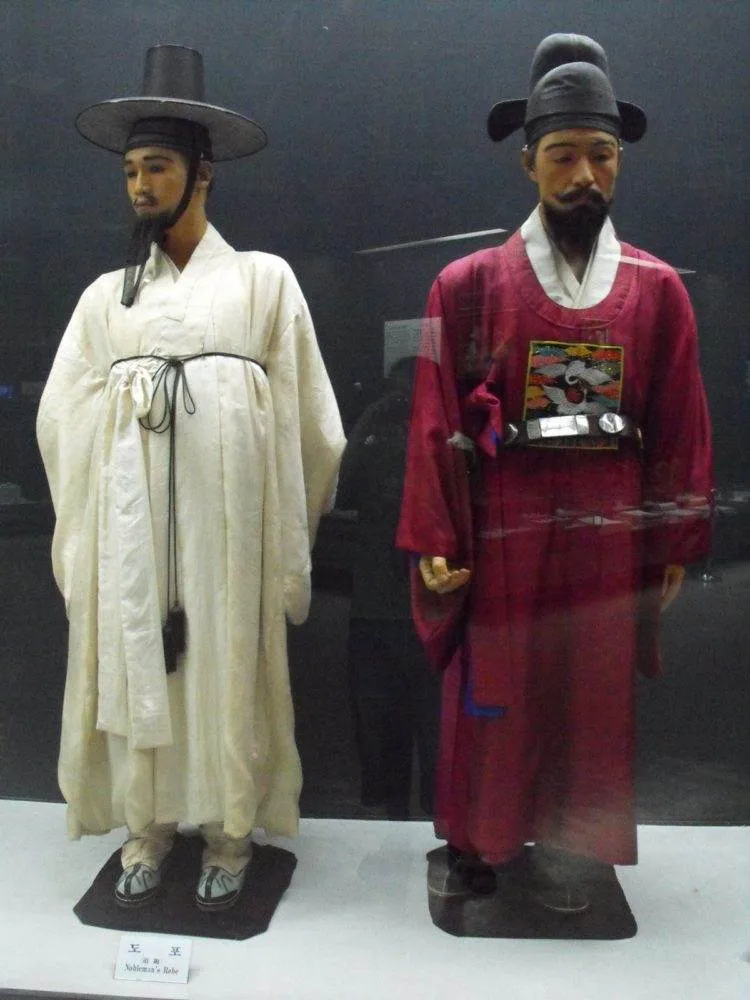
Some clothing once worn by Koreans. Common folk were once forbidden by law to wear colorful clothing, while the aristocracts were allowed to wear any color they wanted.
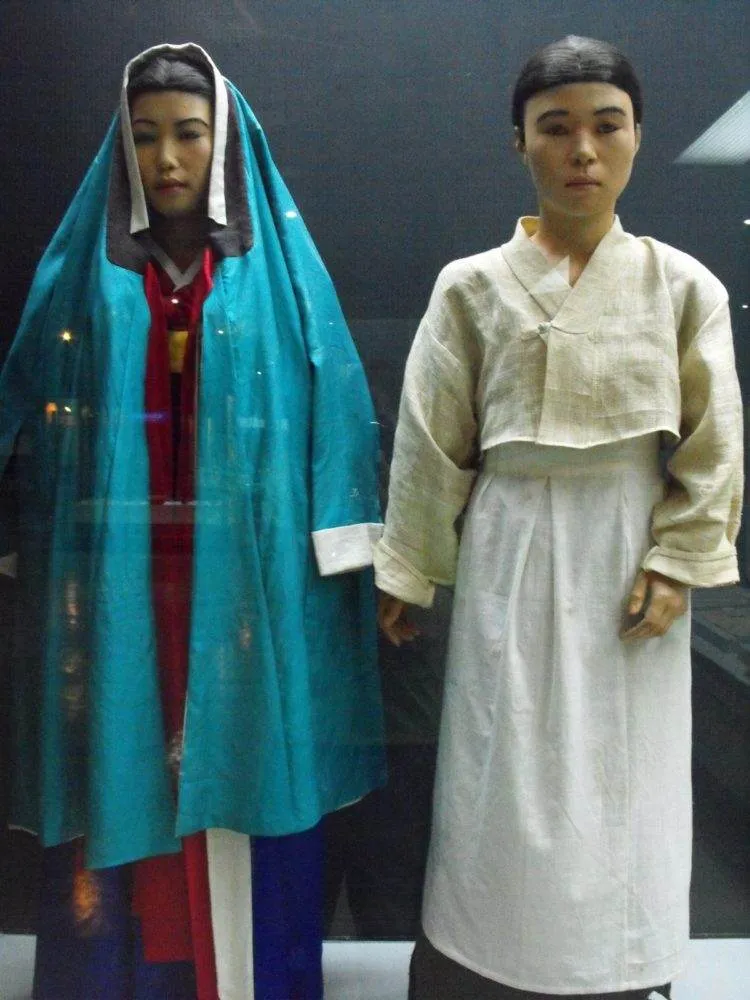
Some women’s clothing. Again, commoners were limited to white clothing. Note the veil on the left – this was worn when a woman was outside the house due to the Confucian influence. Sounds a little like the Muslim world in some countries these days.
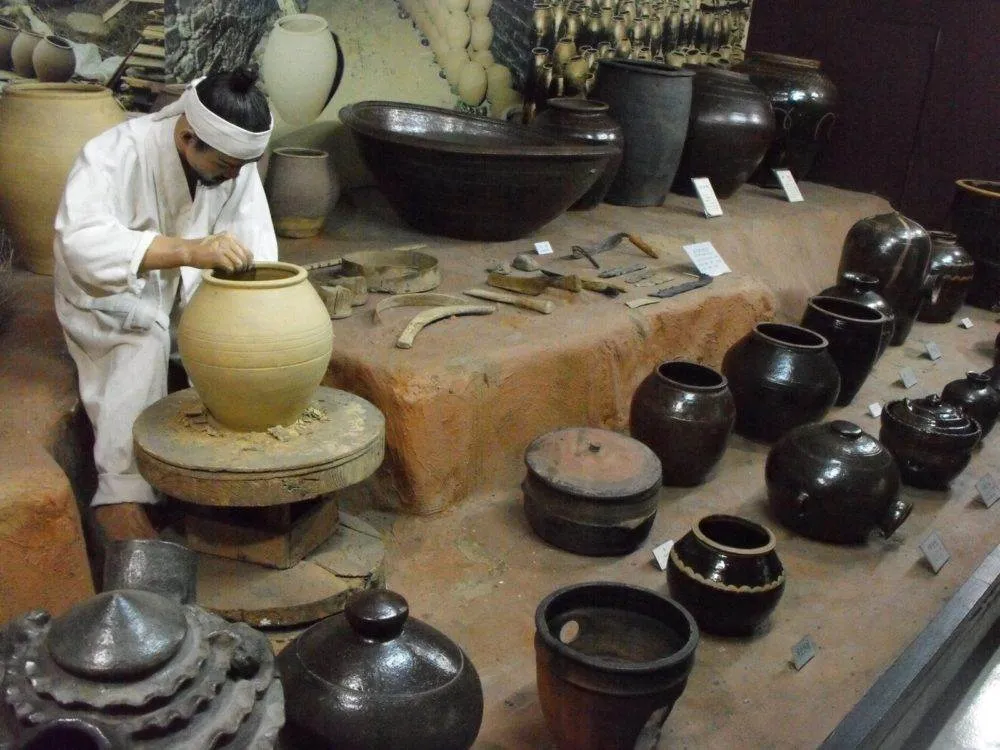
Several examples of the pottery of the province.
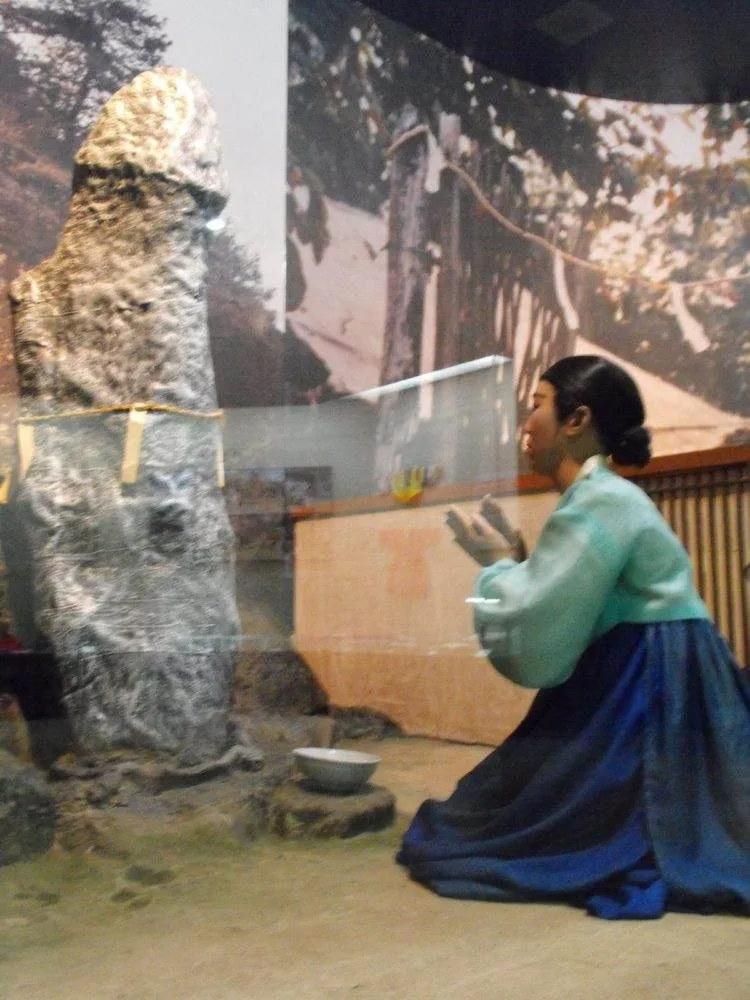
According to one sign,”it was a women’s [sic] duty to produce a male heir to produce a male heir who would not only continue her husband’s patriarchal line, but also perform the important ancestral rites required of the eldest son.” They offered prayers to the gods, especially the Samsin (a spirit believed to be involved with childbirth), along with other gods. They also took medicine and special foods believed to help produce a son. If a son was born, a straw rope was hung with red peppers was hung from the gate (charcoal and pine branches were also strung along).
I personally find this a bit laughable today – didn’t we learn in middle school (or perhaps high school) that the guy essentially determines the gender of the baby?
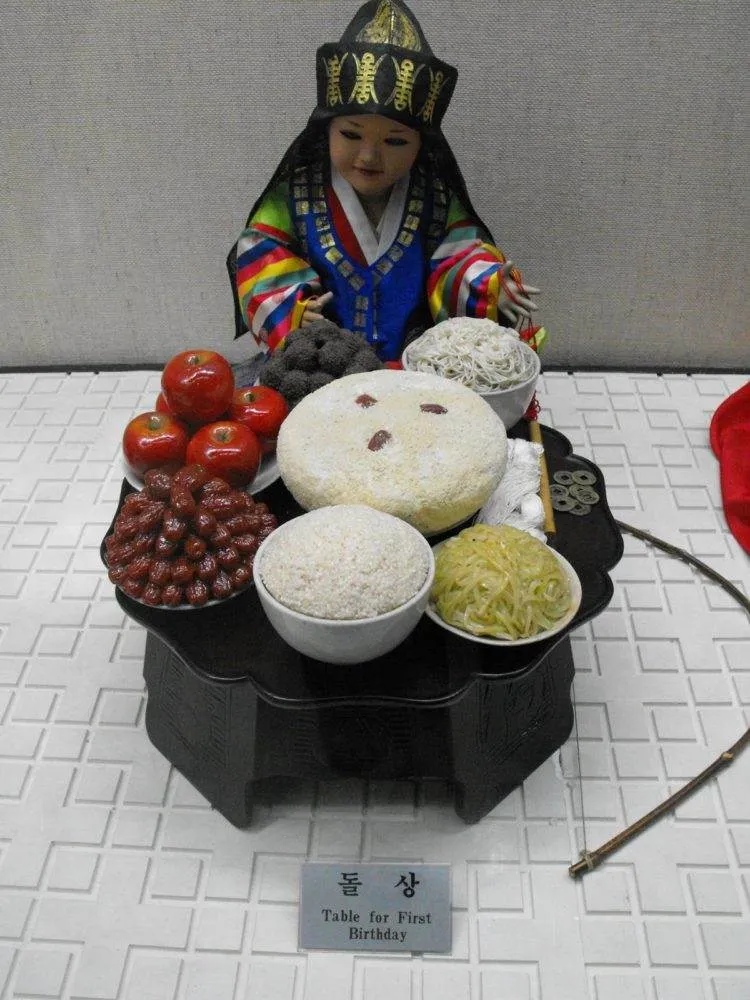
Due to a high infant mortality rate, special celebrations were held at both the 100 day mark and the 1 year mark.
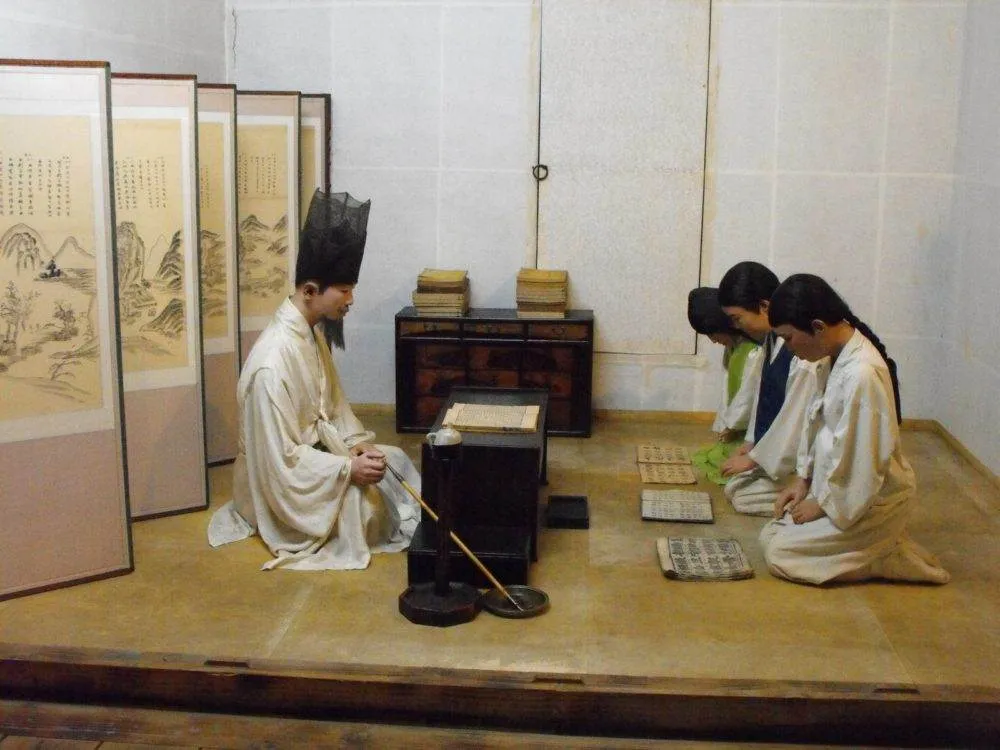
Students at a Sodang, a private school from the Koryo to the Chosun dynasty. Students took courses in reading, composition, and writing from 7-8 years old to 15-16 years old. Of course, these schools were only available to upper-class males, which was geared towards doing well on civil-service examinations, which essentially guaranteed honor and glory for their families.
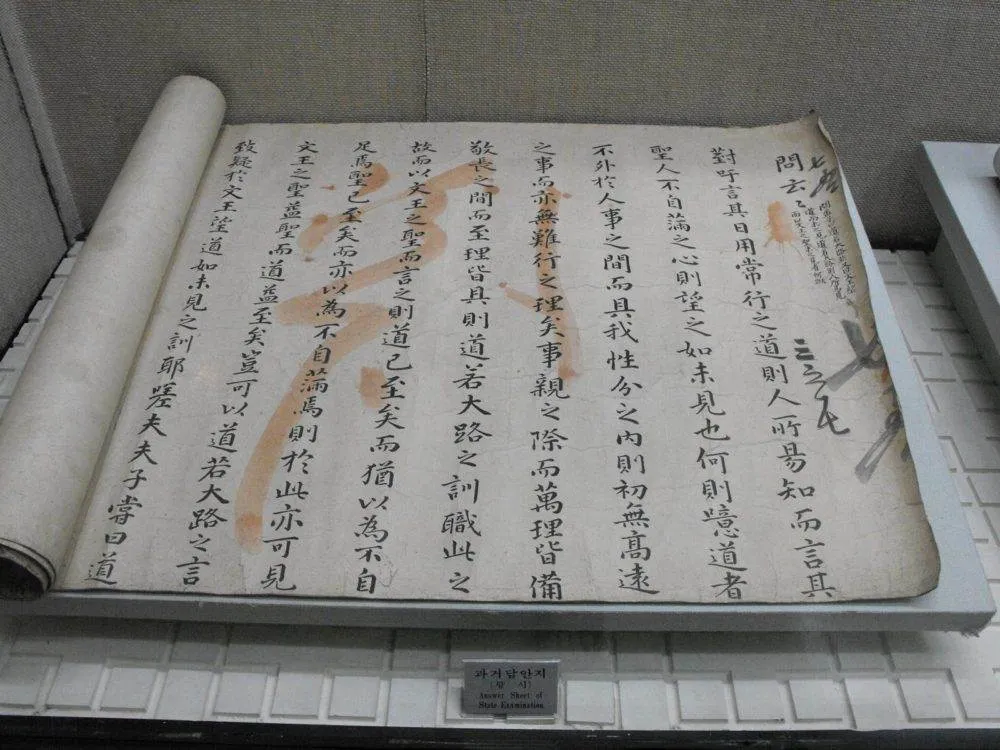
The answer sheet of a state examination. Psst – what’s the answer to #4?
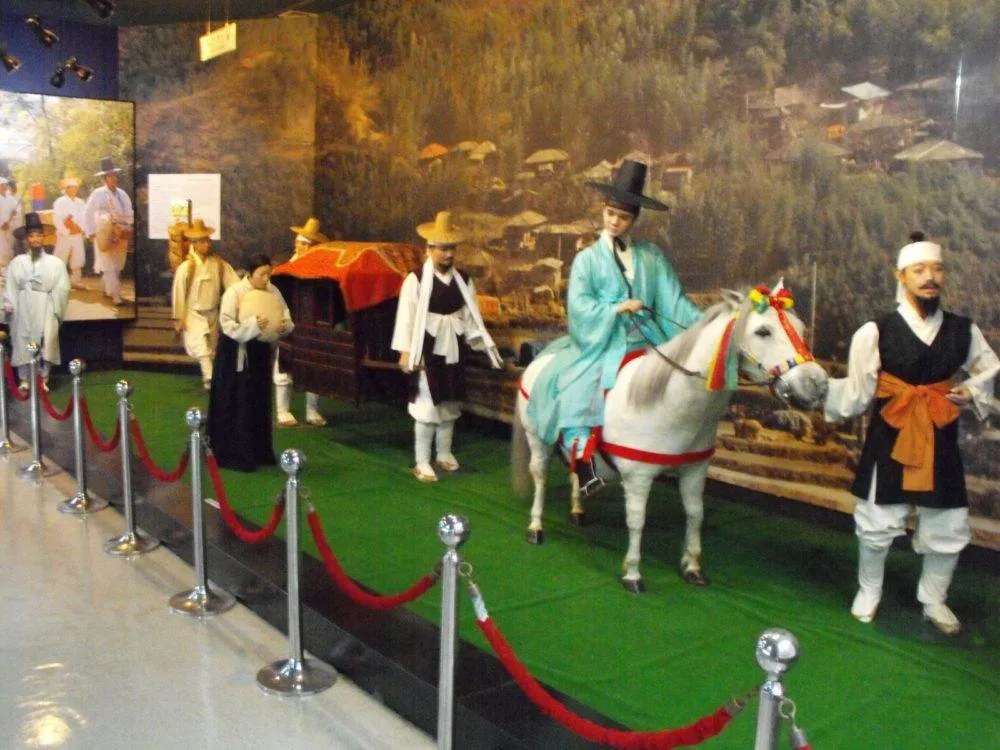
Getting married was an elaborate proceeding. At this point in history, the parents made the matches. After a meeting of the potential bride and groom, a fortuneteller gave a prediction of martial harmony, and a letter was sent from the bridegroom to the house of the fiancee. During the wedding ceremony, the bridegroom presented wooden wild geese (a symbol of love), before the bride and groom bowed to each other. After sharing wine from a single gourd, they were married. There would be a procession and an offering of gifts to the bridegroom’s parents by the bride, and a big party would eventually ensue. Oooh… party…
The wedding night didn’t exactly go as it does today. After our new bride spent three days at her own house, the bride went to her husband’s house for the first time (at least, you know, in theory). The groom rode on horseback while the bride rode inside a sedan chair. After this march, called a shinheng, arrived at the husband’s house, the bride bowed to her new in-laws and other relatives before bride and groom made their way to the bride’s parents. Only then did they begin their married life.
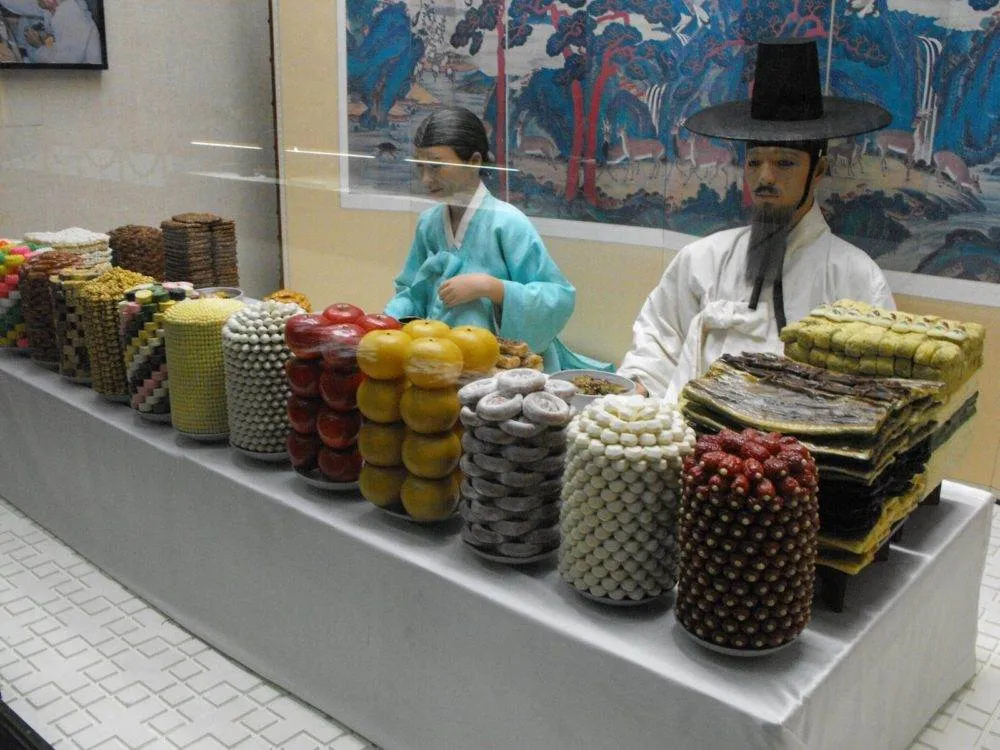
A Korean’s 60th birthday was (and is still) considered a major milestone in life. To celebrate, the children prepare a large feast, offer wine, and prostrate themselves in front of their parents. This celebration was called the hwangap.
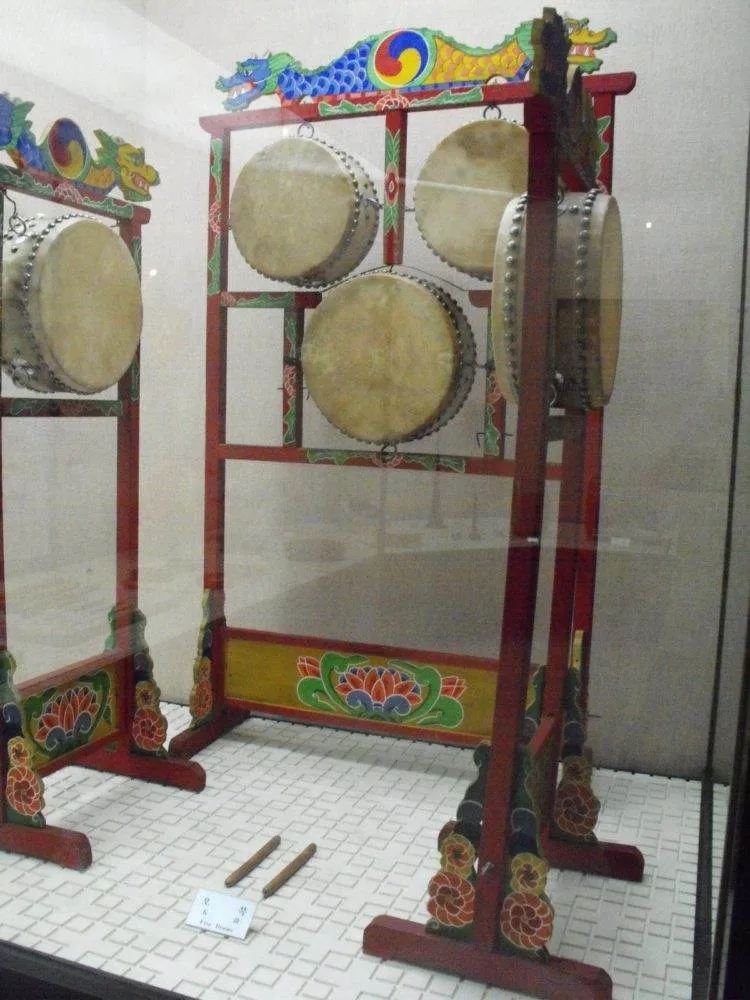
A drum setup – which looks somewhat similar to the drumming setups of today. Just change the angles and have the drummer sit down instead of standing….
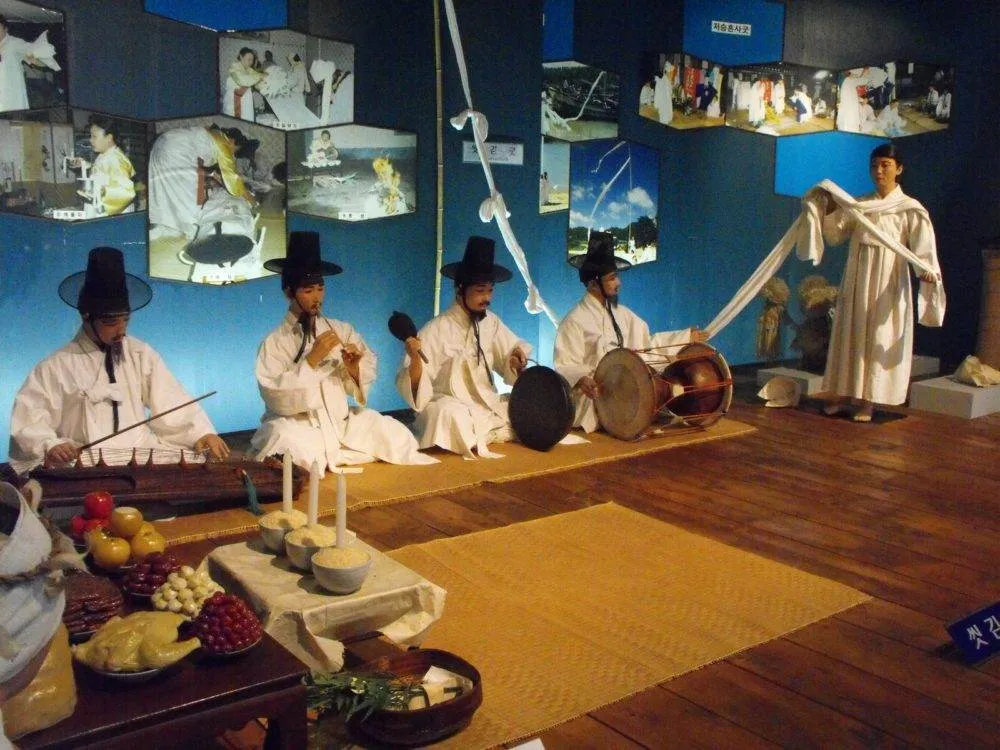
A gut, or a shama exorcism rite to expel evil spirits and to pray for good fortune. The shaman would dance to the tune of a Korean flute (called a piri), a fiddle (haegum), and so on.
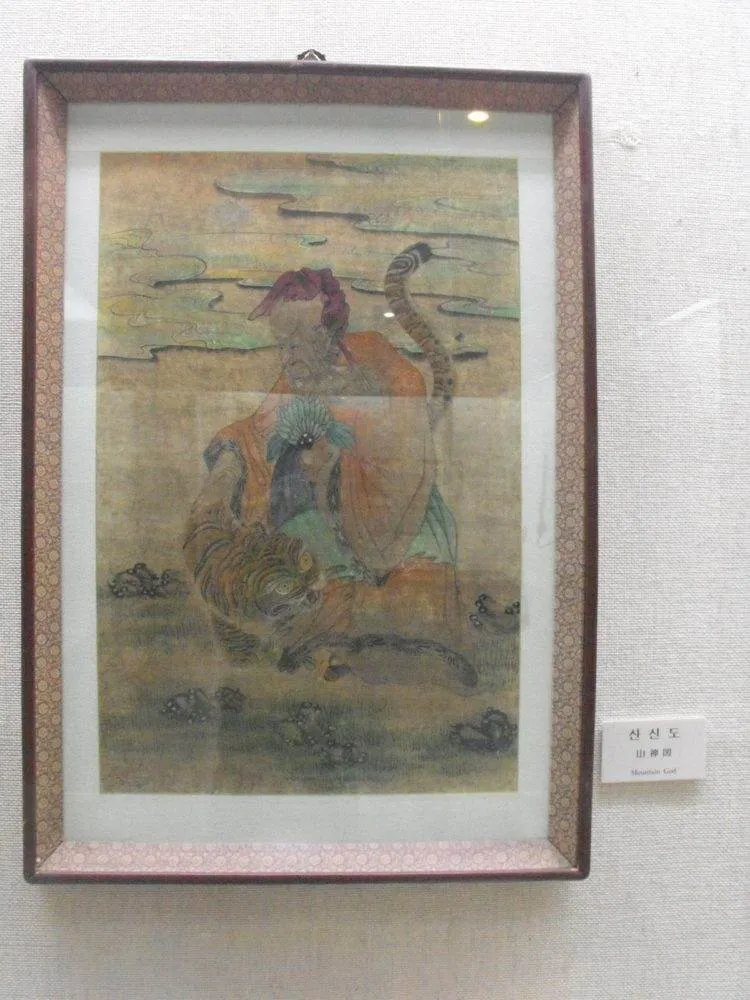
An amateur folk painting. During the 19th and 19th centuries, these simple and unorthodox paintings expressed one’s wish for success, longevity, and wealth. In many cases, the names of the painters are unknown, but are still considered traditional portrayals of Korea.
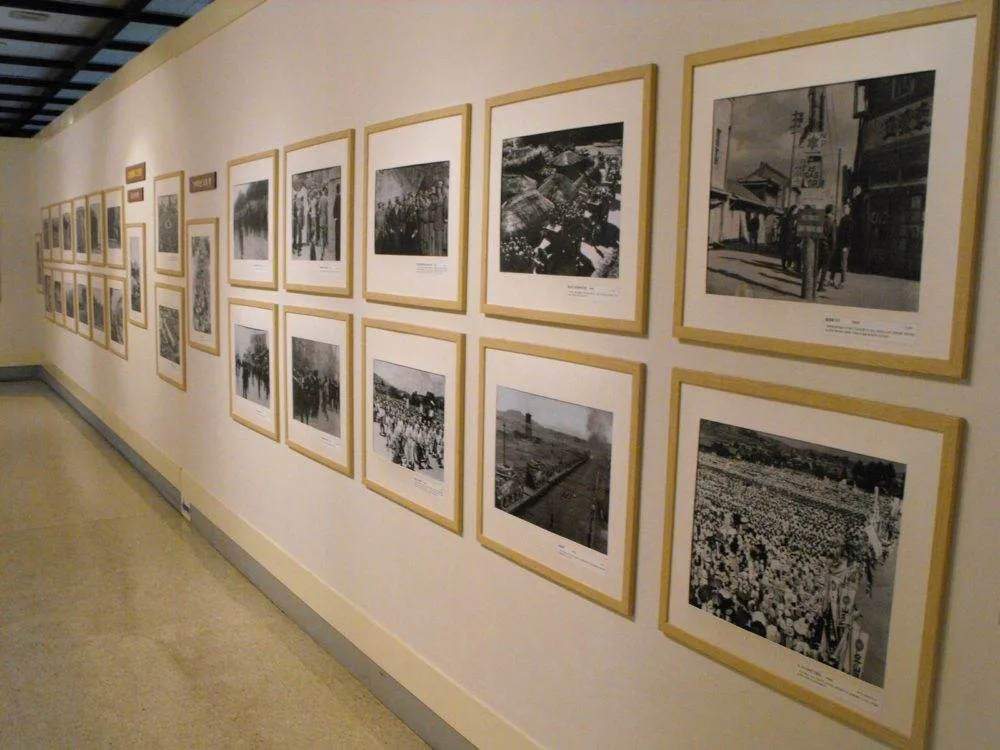
In an adjacent room, there were hundreds of (mostly) black-and-white photos of Korea and Koreans during the 20th century. The descriptions were entirely in Korean, so go to enjoy the pictures 🙂
Definitely a fun place to spend a few hours – and for 500 won (50 cents) I can’t complain about the price.



Love the art and photos. How have Korean weddings changed?